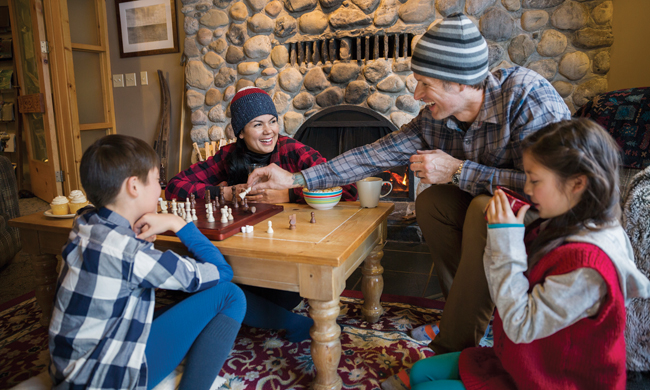
(Family Features) With plummeting temperatures and winter storm season on the horizon, it’s time to refresh your family’s emergency plan. Not only is it necessary to ensure you have the right supplies on-hand, it’s also important to know how to safely execute your plan and use items like portable generators.
In addition to preparing a first aid kit and practicing an escape route, a portable generator is an integral part of many families’ emergency planning. Portable generators allow users to stay warm through cold winter months, providing reliable backup energy during power outages.
While portable generators can minimize the inconvenience of unexpected power outages that can come at any time during a severe storm, they do come with some risks.
The Portable Generator Manufacturers’ Association recommends keeping these safety precautions in mind to safely use your portable generator and avoid the dangerous risks of carbon monoxide build-up:
- Know that you cannot smell, see or taste carbon monoxide, so proper use of portable generators is crucial.
- To avoid dangerous carbon monoxide accumulation, always “Take It Outside.” This means you should never run a portable generator indoors in areas such as garages, basements, crawl spaces, breezeways, sheds or other partially enclosed spaces.
- Always place a portable generator downwind and point the engine exhaust away from occupied spaces.
- Avoid placing a portable generator near windows, doors or vents, as carbon monoxide gas can accumulate and potentially be drawn indoors.
- Always read the operator’s manual first and follow the manufacturer’s recommended precautions and procedures.
- Install battery-operated carbon monoxide alarms in your home. Replace the batteries and test the alarms regularly to ensure they are in good working condition.
- Learn to recognize the symptoms of carbon monoxide poisoning: headache, nausea, dizziness, shortness of breath, weakness and fainting.
- If you feel sick, dizzy or weak while using a portable generator, get to fresh air immediately and call 911 for emergency medical attention.
- Always refer to the generator’s owner’s manual for further information about safe operation and potential hazards.
Learn more about operating a portable generator during severe weather at pgmaonline.com and takeyourgeneratoroutside.com.
Photo courtesy of Getty Images




